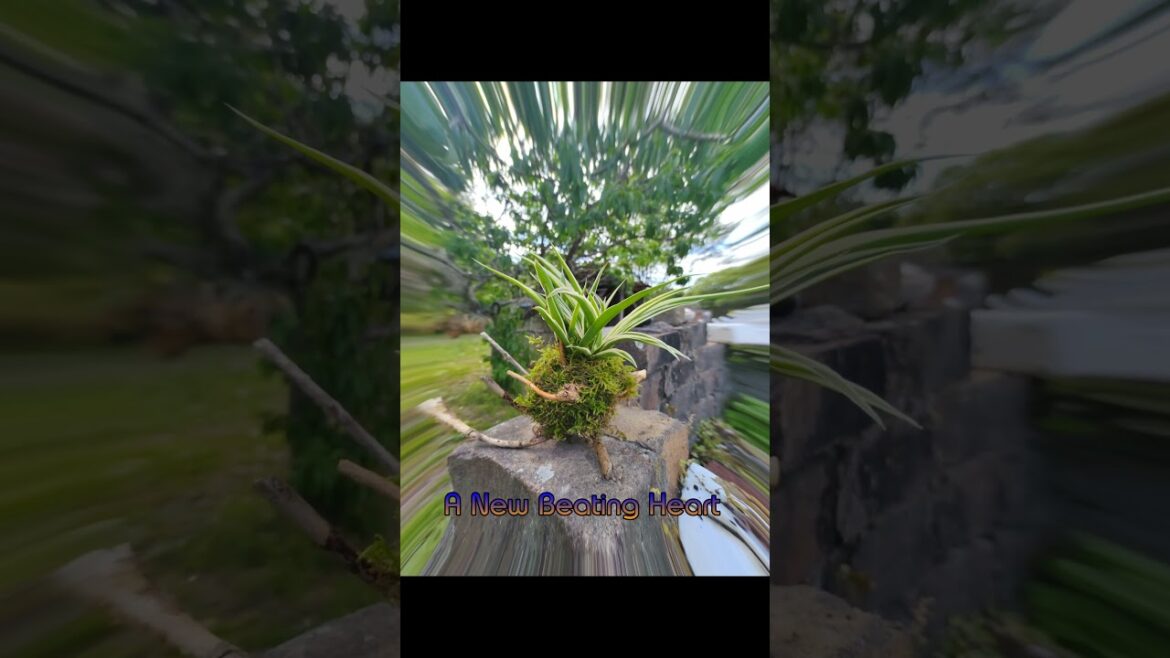A New Beating Heart of Eco-Friendly Kokedama Gardening
Kokedama, a Japanese gardening technique, has gained popularity among beginners. If you’re curious about kokedama, there are plenty of tutorials available to guide you through the process of creating these unique plant balls.
Proper kokedama care involves understanding how to water and maintain these moss-covered wonders. Whether you’re wondering how to make a kokedama or simply exploring different ways to do plants, kokedama offers a creative and eco-friendly approach.
From cool plants for home to options that thrive indoors or outdoors, there’s a low-care plant suitable for everyone.
So why not try this new hobby and have some fun with plants? You might discover fresh ideas for plants, embrace ecogardening, and even find the perfect present for your home – all while exploring creative reuse ideas and enjoying the beauty of cool-looking plants.
Kokedama, a Japanese gardening technique, has captured the hearts of plant enthusiasts worldwide. Derived from the words “koke” (moss) and “dama” (ball), kokedama involves creating living art by encasing plant roots in a moss-covered sphere. This ancient practice combines aesthetics, horticulture, and sustainability, making it a perfect fit for eco-conscious gardeners.
1. The Birth of Kokedama:
Kokedama originated in Japan during the Edo period (17th to 19th centuries). It was a way to cultivate plants in limited spaces, such as small apartments or courtyards.
Instead of traditional pots, kokedama balls are formed by wrapping plant roots in a mixture of soil, peat, and akadama clay. The outer layer of moss holds everything together.
2. Creating Kokedama:
Select a plant suitable for kokedama, such as ferns, orchids, or bonsai trees.
Gently remove excess soil from the roots.
Mix the soil with peat and akadama clay to form a sticky ball.
Wrap the ball in lush green moss, securing it with twine or fishing line.
Hang your kokedama or place it on a decorative dish.
3. Aesthetic Appeal:
Kokedama adds a touch of natural elegance to any space. Hang them near windows, arrange them on shelves, or create a kokedama centerpiece.
The moss-covered surface exudes tranquility, while the exposed roots evoke a sense of raw beauty.
4. Eco-Friendly Benefits:
Kokedama reduces plastic waste by eliminating the need for plastic pots.
Watering kokedama is a mindful process; you soak the entire ball in water, allowing it to absorb moisture gradually.
The moss acts as a natural filter, purifying the air around the plant.
5. Caring for Kokedama:
Place your kokedama in bright, indirect light.
Submerge the entire ball in water once a week or as needed.
Mist the moss occasionally to maintain humidity.
Prune any overgrown foliage.
6. Kokedama Variations:
Explore different plant species, colors, and textures.
Hang multiple kokedama at varying heights for a captivating display.
Get creative with decorative elements like twigs, stones, or miniature figurines.
In summary, kokedama isn’t just gardening; it’s an art form that celebrates nature’s resilience and our responsibility to protect it. By embracing kokedama, we nurture a new beating heart—one that pulsates with eco-friendly passion and creativity.
#Kokedama #LivingArt #EcoFriendlyGardening #MossBall #IndoorPlants #JapaneseGardening #NaturalElegance #PlantEnthusiast #SustainableLiving #GreenThumb #Horticulture #RawBeauty #TranquilSpaces #PlantDecor #MindfulGardening #ReducePlasticWaste #AirPurification #KokedamaCare #CreativeGardening #PlantLovers #UrbanGardening #NatureInspired #PlantArt #BotanicalDecor #KokedamaVariations #PlantLife #GardenDesign #GreenLiving #PlantMagic #HomeGreenery #shorts #shortvideo #short #EcoReefProject
Song
Luz Solart
By
Luna Cantina
The Art of Kokedama
A New Beating Heart
Of Eco Friendly Gardening

